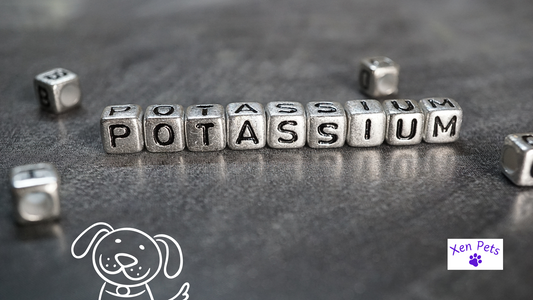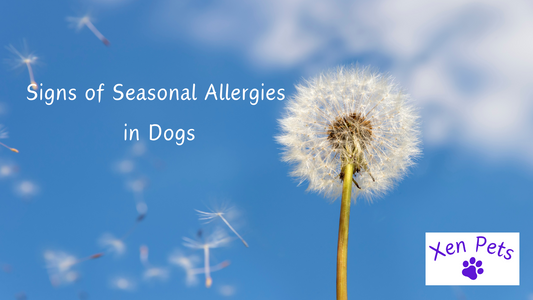How to Know if Your Dog Is Cold: 10 Signs
Tory JohnsonShare
As the temperatures start to drop, it’s important to know if your dog is cold.
Dogs may have thick fur, but they still get chilly outside when temperatures plummet and can become uncomfortable if not protected from cold weather.
Fortunately, there are some tell-tale signs that you can look out for to make sure your dog stays warm and cozy even on the most frigid days.
In this article, we'll discuss what signs indicate that dogs are too cold and share ways to keep your dog warm.
10 Ways to tell if your dog is too cold

Winter weather can come as quite a shock for our dogs, and it's incredibly important to make sure they are kept warm.
Let's take a look at 10 signs that will help you determine whether or not your dog needs a little extra warmth during the winter months.
1. Shaking or shivering
Shaking and shivering, just like humans, is an obvious sign your dog is feeling the cold weather.
Try giving your dog an extra blanket and move them to a warmer area of the house.
On the other hand, if you're outside, start to head home. It's far too cold for your dog to be outside.
Next time, try outfitting your dog with a dog coat to help them retain their warmth during walks.
2. Your dog's ears are cold
Normally, a dog's ears will remain warm when they're happy and healthy.
Your dog's ears will lose their warmth very quickly if they're too cold.
Start moving your dog indoors to avoid frostbite.
3. Your dog won't leave your side

Similar to humans, dogs like to cuddle up when it's cold out.
Throw on a movie and enjoy these cuddle sessions! They won't last forever. And it'll warm yourself up in the process. A win-win.
4. Slow movement
In very cold temperatures, your dog will have less blood flow in their paws and legs. This can make it almost painful to walk. Think about your hands being cold. They almost hurt when they're bumped or knocked around.
This is because most of the blood flow is moving around their organs to preserve heat and prevent hypothermia. Most dogs will have cold ears to accompany their slow movement.
Move your dog indoors when their movement begins to slow.
5. Curling up
Curling up is one of the first signs you'll notice when your dog feels cold.
This is your dog's only natural way of fighting off the cold.
6. Anxiety
If you notice your dog shows signs of anxiety, they likely feel cold.
Signs of anxiety can range from whining to barking or hiding behind the couch.
Dogs are unsure what to do when it's too cold. Their only defense is to curl up. Not knowing what to do after this, they'll show signs of anxiety and uncertainty. Go ahead and toss them another blanket.
7. Unusual sleepiness

Sleepiness is a sign of hypothermia.
If your dog has shown any of the other signs we've talked about, and then they feel sleepy, it's time to warm them up as quickly as possible.
Hypothermia can quickly escalate and cause breathing problems.
8. Whining
Whining is a tell-tale sign your dog is trying to get your attention. So if the weather is cold, and your dog is whining, it's time to warm them up.
9. Hunched posture or tucked tail
Similar to curling up, your dog will "hunch up" when it's too cold.
Especially on a walk outside, you'll notice your dog slow down and hunching up.
10. Lifts their paws of the ground
The ground can get very cold during the winter months.
In addition to avoiding the cold ground, your dog will have less blood flow in their paws making the ground and surface areas even colder for them.
Fast ways to warm up your dog

We know how to tell if your dog is cold, but how do we warm them up?
Here are 4 quick ways to warm up your cold dog.
- Put blankets or towels in a clothes dryer
- Wrap your dog in warm blankets and towels
- Give them something warm to drink
- Wrap a warm water bottle in a cloth and place it next to their skin
Bottom line
From providing a warm bed to cuddling up next to your dog, there are plenty of ways to keep your dog warm.
Take the time to monitor your dog for signs of hypothermia and make sure they have enough clothing and bedding to beat the chill. Lastly, if you think your dog has hypothermia, call your vet immediately.











